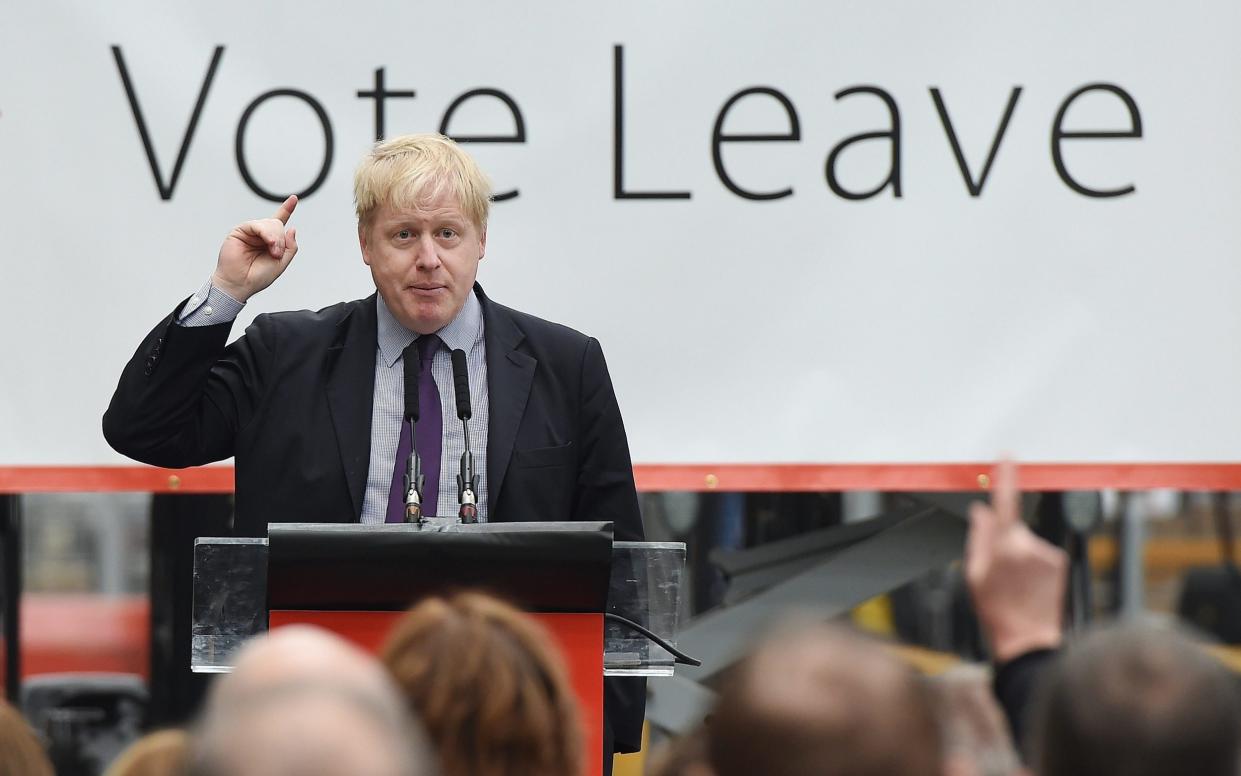How accurate are exit polls? The difficult business of predicting general election results

- Oops!Something went wrong.Please try again later.
Rishi Sunak has fired the starting gun on a July general election, setting in motion a few frenzied weeks of campaigning before people go to the polls for the first national vote since 2019.
The last stage before that final verdict will be the exit poll, which offers a unique window on the outcome – and the 10pm ballot does have an impressive track record.
Prof Sir John Curtice, who leads the team that crunches the numbers broadcast to the nation as the polls close, says that its recent history makes the forecast worthy of close attention.
“The record isn’t perfect, but since 2005 the exit poll has given a pretty good indication of where the result will end up on the night. It also tends to be more accurate than opinion polls carried out before voting happens,” he says.
The exit poll is based on a small sample of voters from around 130 polling stations spread throughout the country.
People at each station are approached at random by fieldworkers, who hand them a replica ballot. The voter then privately fills in the ballot to indicate how they voted and puts it into a box.
“We use these replica ballots to make models that predict how constituencies will have voted,” Prof Curtice says.
“The data we get from those ballots is compared against how people voted at the same polling station at the previous general election.
“Crucially this shows the geography of how people’s votes have changed. From this, we make a series of equations that indicate who is likely to win each constituency. When you add up all these equations you arrive at your final forecast for the whole country,” he explains.
The forecasts made for each constituency are also influenced by what is known about people who live there, for example how they voted in the 2016 EU referendum.
A constituency’s physical location also informs the predictions made about it.
“For example if a box of ballots comes from a northern seat, and there seems to be a rise in people voting Labour across the north, then the models are adjusted for that too,” Prof Curtice says.
This all means that it can be harder to predict the result of a general election in more contentious years. The 2015 exit poll failed to predict a Conservative majority and instead suggested a hung parliament. But in other years the exit poll has predicted the winning party’s majority down to the exact number of seats.
The 2023 boundary review means that the shape and size of a number of constituencies will change at the next general election. Prof Curtice is confident that this won’t throw the exit poll too far off the truth.
“Where there are boundary changes we will be basing our equations on how a given constituency voted at the last election, rather than the polling station itself,” he explains.
“This might slightly increase the chance that we’re wrong in our forecast for a particular constituency, but given all of the information we have about voters, I don’t think that this leaves a chance for errors on a systematic level.”

